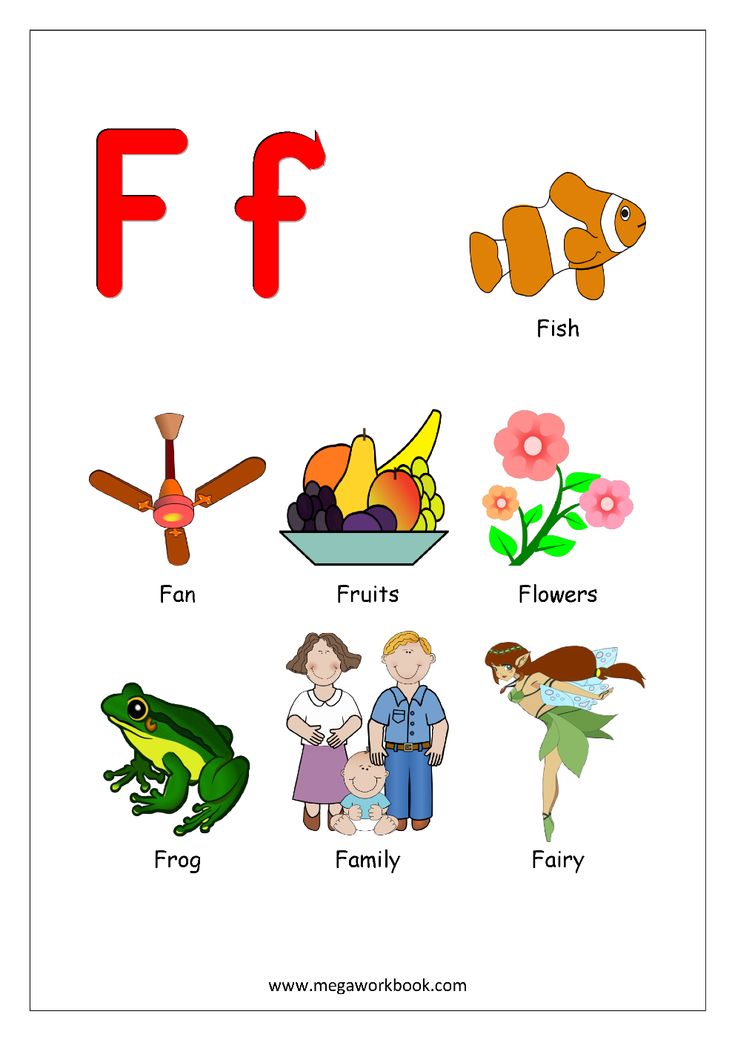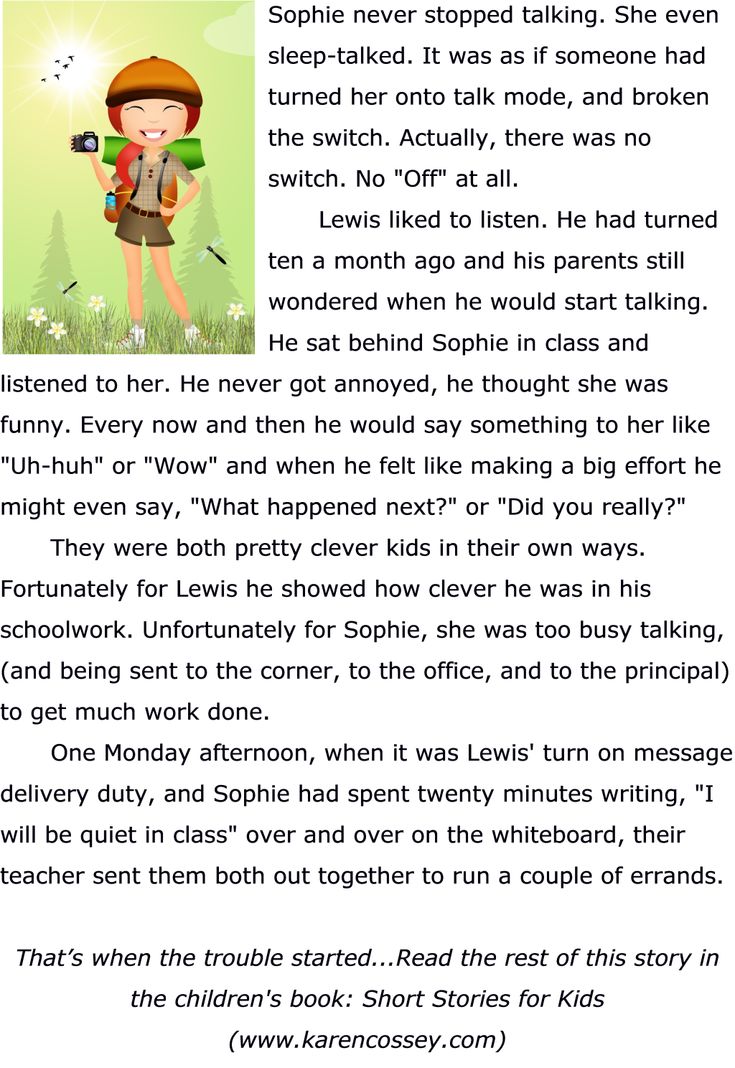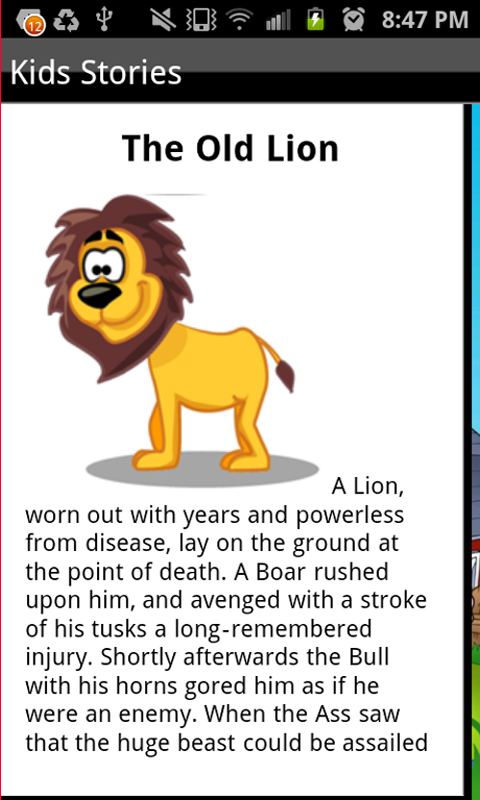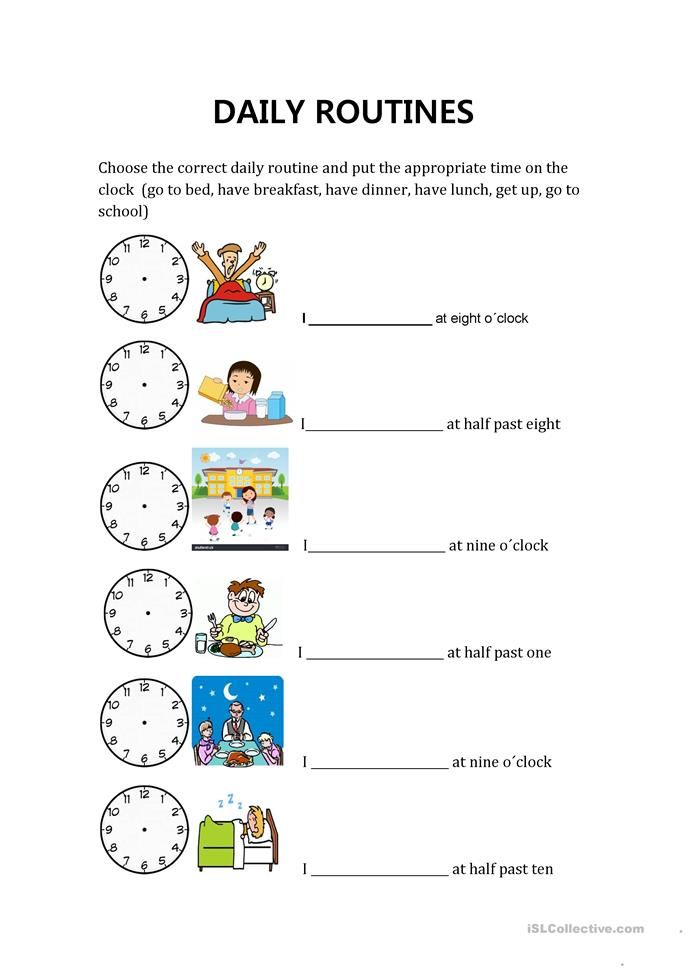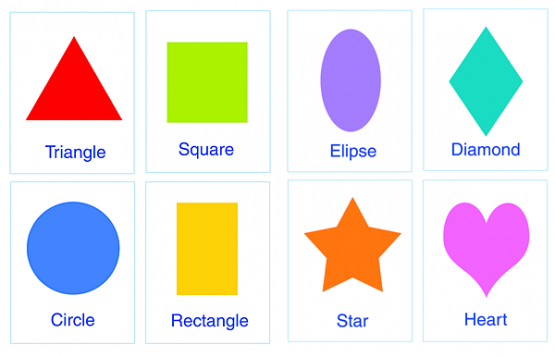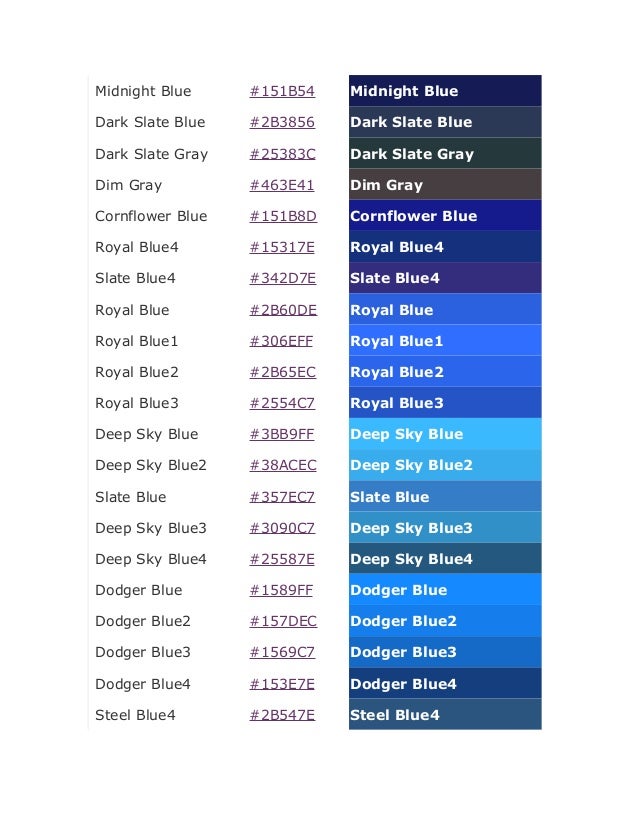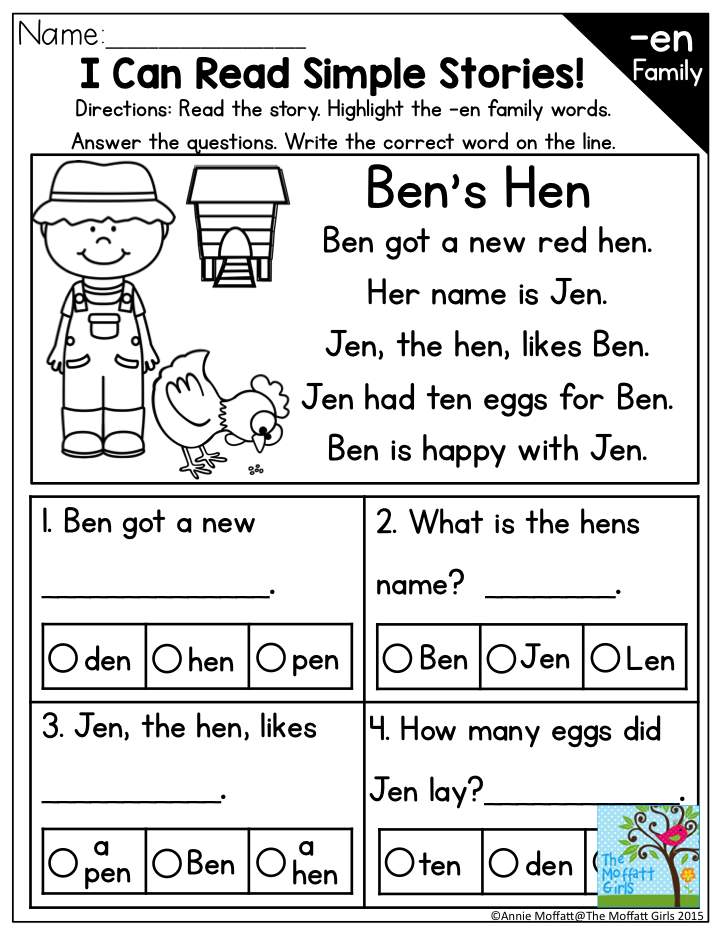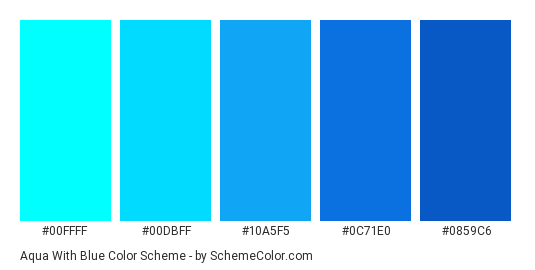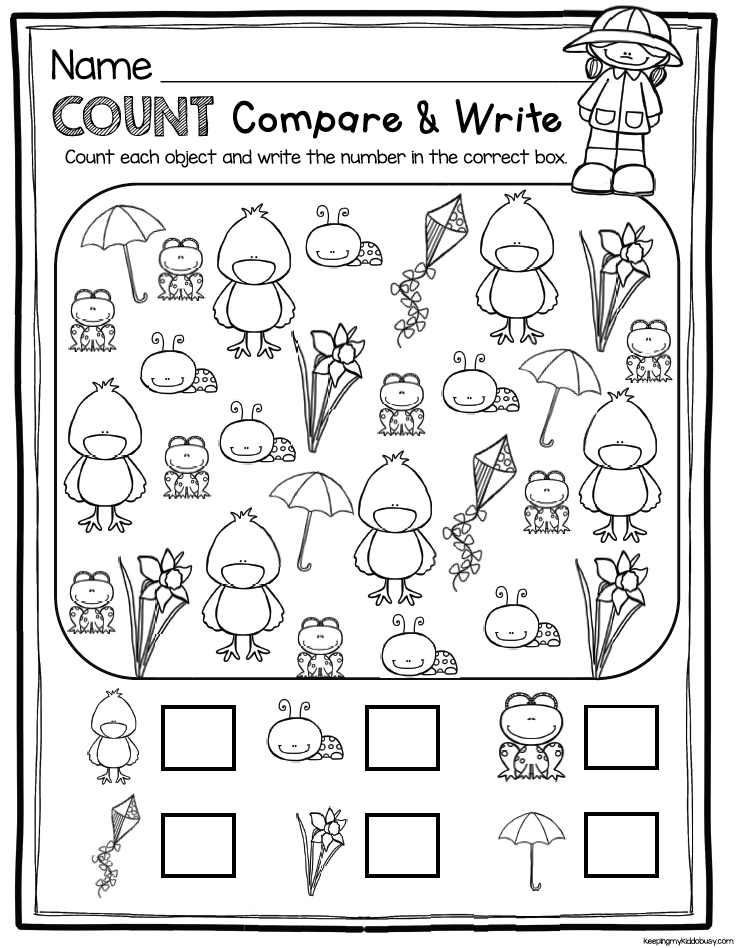Long vowel sounds activities
Long Vowel Sounds: Fun Activities & Teaching Tips
Share and save!
363 shares
This post may contains affiliate links. This means if you buy something through a link in this post, I will make a small commission at no cost to you. This allows me to keep bringing you great content.
Is your child struggling with reading or pronouncing long vowel sounds? Are you ready to move past CVC words, but aren’t sure how to teach long vowels in reading and phonics? Long vowel sounds can be a point of struggle for many young readers. While short vowel sounds are relatively straightforward and spelled the same each time, long vowel sounds are more complex.
In this post, we are going to talk about when to teach long vowel sounds , some tips for teaching the different rules, and a few fun activities and printables for practicing long vowel sounds. Let’s get started!
How to Teach Long Vowel Sounds
Let’s start with how the long vowel sounds are formed. As you go over these rules with your child, you can point them out when they pop up while youare reading books and stories together. Just a quick mention “Hey look, that’s a vowel team. When two vowels go walking, the first one does the talking. So, they must make the “a” sound.” or something like that.
No need to ruin story time with a grammar lesson.
How to Identify Long Vowel Sounds
Long vowels tend to be easier to identify when speaking because the letters “say their names”. A short a, as in apple, makes a sound, but the long a, as in bay says the name of the letter. Long vowel sounds occur when the letter “says its name”.
Forming Long Vowel Sounds
There are four main ways that long vowels are formed: with a silent e, at the end of a syllable, using vowel teams, and I or O before a consonant. When you are teaching long vowels sounds to your young reader, focus on just one of these rules at a time. Let them get comfortable with that rule before moving on to the next one. Let’s look at each type of long vowel formation.
Let’s look at each type of long vowel formation.
Silent e. Adding an e to the end of a CVC word changes the short vowel sound into a long vowel sound. Here are some examples:
| CVC Word | Silent e Added |
| cap | cape |
| mat | mate |
| pin | pine |
| pet | Pete |
| tot | tote |
At the end of a syllable. Vowels are often long vowel sounds when they come at the end of a word. For example, hon-ey, hi, mu-sic, me, ban-jo, etc.
Vowel teams. Long vowel sounds can also be created when two vowels are next to each other. This rule has a cute saying that you may have heard: “when two vowels go walking, the first one does the talking”.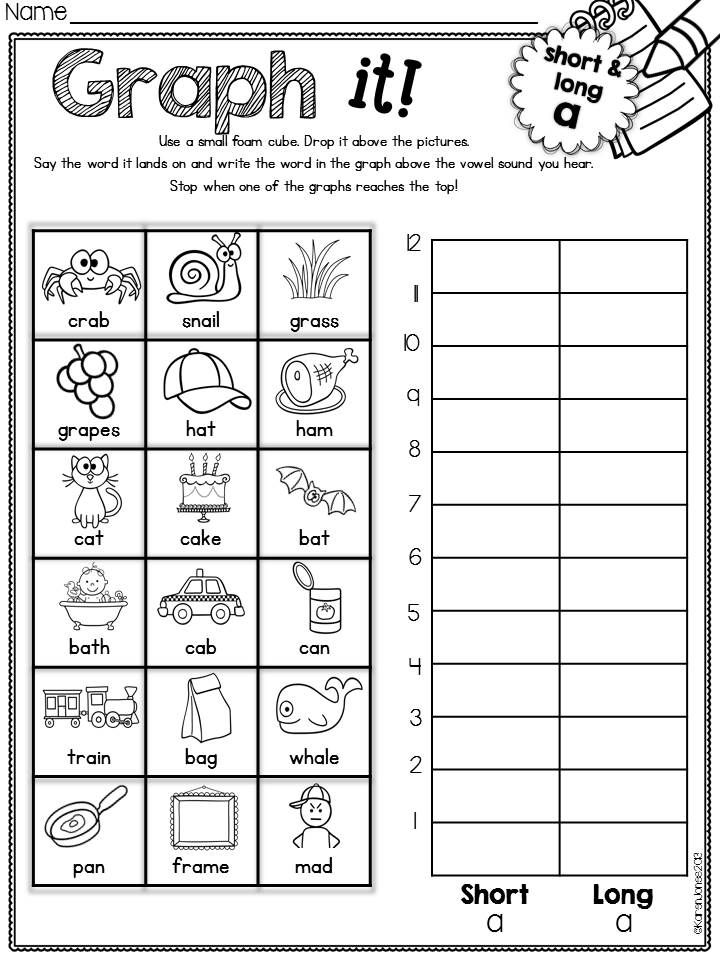 This simply means that generally, the first vowel is the long vowel sound in the word and the second vowel is silent (or not talking). For example: meat, train, please, tree, boat.
This simply means that generally, the first vowel is the long vowel sound in the word and the second vowel is silent (or not talking). For example: meat, train, please, tree, boat.
I or O before two consonants. This one is pretty straightforward. If I or O comes right before to consonants, it is usually a long vowel sound. Think of words like high, light, sign, mind, pint, comb.
When to Teach Long Vowel Sounds
Mastering long vowel sound decoding is essential to building a strong reading foundation. Young readers will need this skill in later years when they are decoding and learning new, more complex words. For this reason, spending the time needed to make sure your young reader (or struggling reader) masters this skill is definitely worth it.
Long Vowel Sound Activities
My first grader wasn’t interested in reading last year, so we didn’t really push it. And, she has a very low frustration level, so I tend to wait on skills that are especially hard for her to keep her school experience a positive one.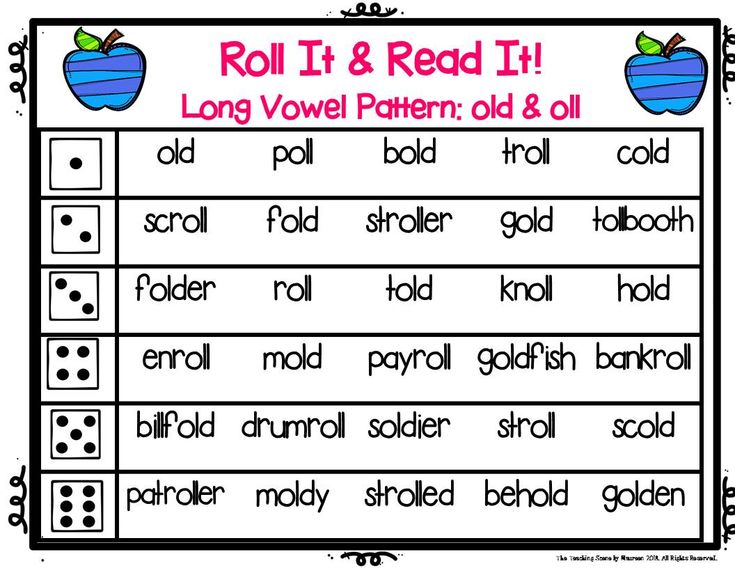
Well, fast forward to first grade and she just started memorizing words and reading up a storm. This is fine because reading is essentially memorizing thousands of words and being able to recall them instantly. But, she also needs to be able to sound out new words she encounters, so she can expand her vocabulary.
Since she kind of learned to read backwards, we are going back and reviewing (or learning for the first time) some phonics and spelling rules. She already had a good grasp on her consonant sounds, blends, and short vowels. Reading long vowels isn’t really a problem for her, but sounding them out to spell them on her own is.
To help her practice, I decided to make some activities to practice her long vowel words. You can sign up at the end of the post to get these activities for free!
Finish the Word: Long Vowel Sounds
The first activity I want to share is my Finish the Word worksheet. It is just a simple worksheet with pictures on it. Each picture has a long vowel sound and I have left those letters out of the spelling below the word.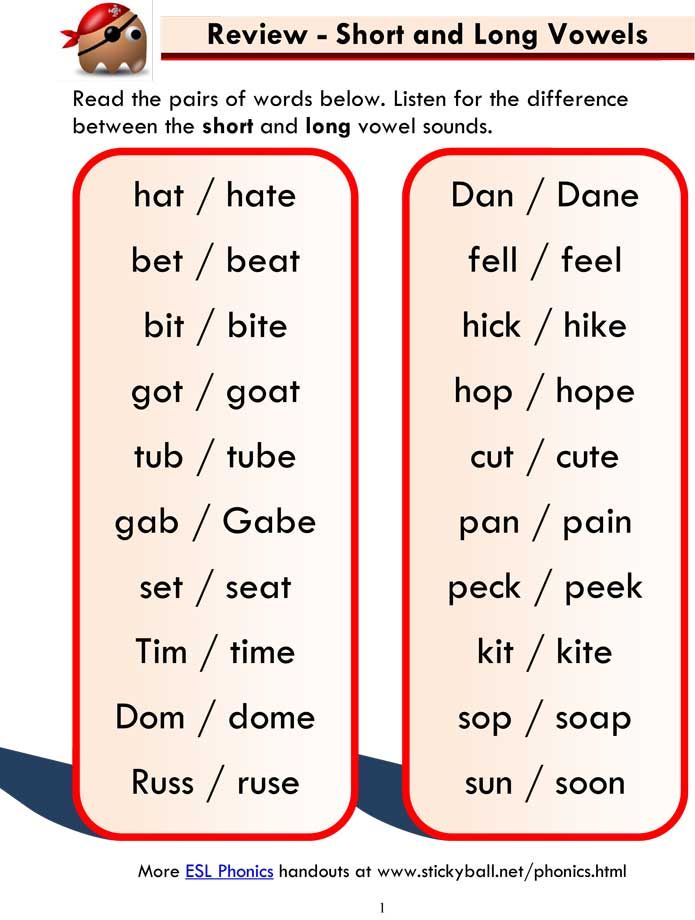 The young reader, or writer, in this case, must fill in the missing letters to spell the word pictured above it.
The young reader, or writer, in this case, must fill in the missing letters to spell the word pictured above it.
Here is a peek at the first page (there are two pages in the download):
Related Post:Sort-A-Scene: Long Vowels and Dipthongs
Long Vowel Bookmarks
I have to give my daughter credit for this one, she came up with it all on her own. I had created another long vowel activity when she said “Now, I’m going to make an activity, Mom.” And away she went.
What she came up with was actually great! Here is a shot of the original version (her cutting and color-coding, my word lists):
When she showed it to me, I was amazed. Such a fantastic, simple idea! I told her I was going to create a blog post and product from it and she got all excited. So, you can simply make your own lists. Or, if you’re strapped for time and don’t feel like thinking up all the words that have long vowels, you can print out my lists!
The activity itself is very simple. Students look at each list. At the top is one of the vowels (for example, long a). Next, the student reads down through the list and highlights the words that have that long vowel sound. My daughter wanted to use a different color for each vowel because….more colors equals more fun in our house!
Students look at each list. At the top is one of the vowels (for example, long a). Next, the student reads down through the list and highlights the words that have that long vowel sound. My daughter wanted to use a different color for each vowel because….more colors equals more fun in our house!
Here is a peek at my pre-printed lists (there are four sets of lists in the download):
Long Vowel Poster Set
I think reference materials are so important for young learners. Seeing the information about which they are learning helps to ingrain it into their brain. I also like to gently teach my daughter to find answers for herself instead of just asking me all the time. These long vowel posters are great for kids to be able to look at them and see all of their options for a particular vowel sound.
I created full-page versions and half-page versions, so just print the pages you prefer.
Here is a peek:
Sign up below to download the activities shown in the post, plus a ton of other homeschooling freebies!
More Free Long Vowel Resources
Whenever I come across a great resource, I love to share it with my readers.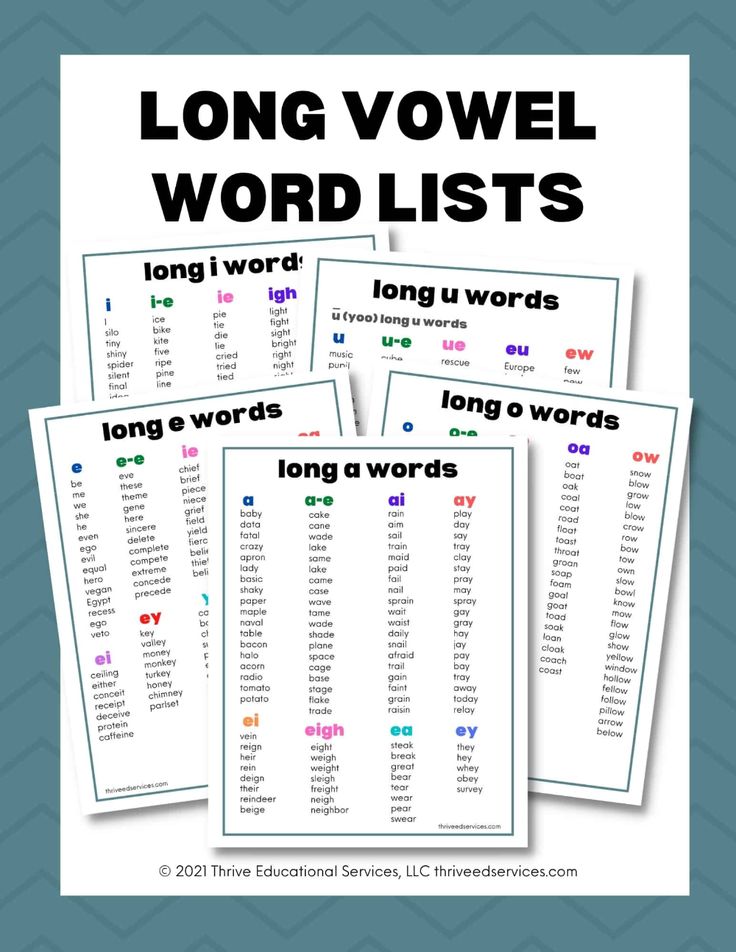 Here are some other resources and blog posts that might help you if you are working on reading with your child.
Here are some other resources and blog posts that might help you if you are working on reading with your child.
Free long vowel products from Teachers Pay Teachers.
This Reading Mama always has great printables and her long vowel sounds printables are no exception.
The All About Learning Press blog has some great spelling resources and a free printable vowel combinations chart.
Share and save!
363 shares
Teaching Long Vowel Sounds - Within Word Pattern Spellers — Tarheelstate Teacher
Preparing to teach students about long vowels? In this post you will find information about common and less common long vowel patterns including when students are developmentally ready to learn about them, examples of each long vowel spelling pattern, what common spelling mistakes to expect from students, and ideas for how to make learning about long vowels fun.
What is a Long Vowel Sound?First, let’s cover the basics.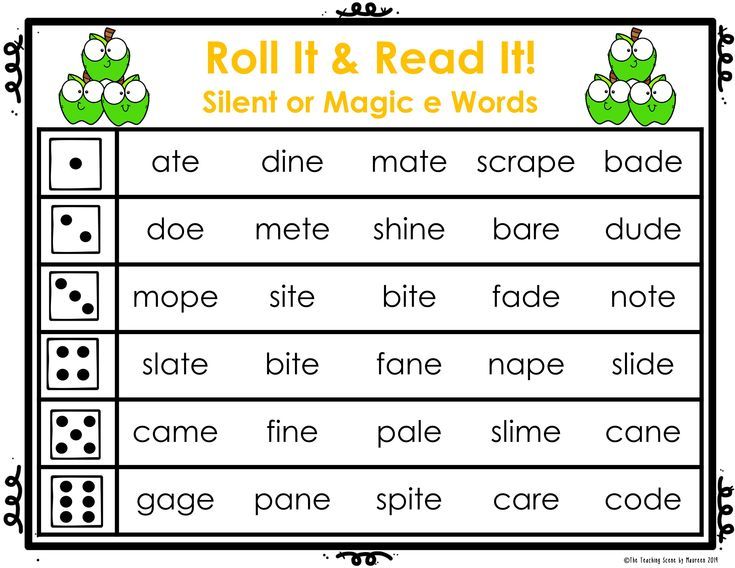 A long vowel is a vowel that “says its name” or is pronounced the same as the way the letter name is said.
A long vowel is a vowel that “says its name” or is pronounced the same as the way the letter name is said.
Long A - CVCe and CVVC - blame, space, train, chain
Long O - CVCe and CVVC - stone, robe, goal, float
Long U - CVCe and CVVC - cube, broom, juice
Long E – CVVC - feet, sleep, team, teach
Long I - CVCe - bite, kite, cite
Review CVVC Pattern (AI, OO, EE, EA, OA) - wait, booth, wheel, beast, throat
* Note: I've linked each of these long vowel patterns to resources that can be used to teach these skills. You can find the bundle for teaching Common Long Vowel Patterns here.
The most common long vowel pattern, and usually the first one students learn when introduced to long vowel sounds is the CVCe pattern.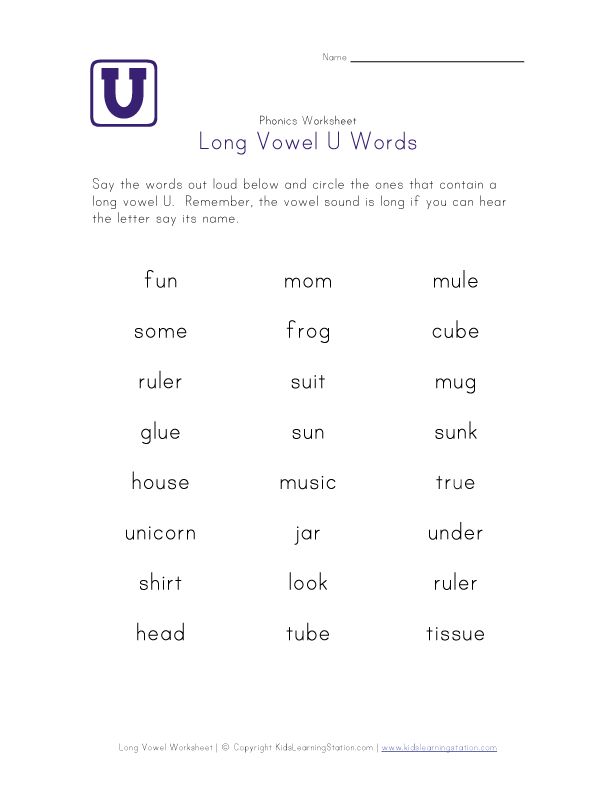 Students tend to be introduced to long vowel sounds by comparing them to CVC words that all make short vowel sounds, like cap, kit, not, and tub. Students are taught that when a CVC word is followed by an e, the e is not sounded (silent) and it changes the original short vowel sound to a long vowel sound. So a silent-e changes cap, kit, not, and tub changes to cape, kite, note, and tube.
Students tend to be introduced to long vowel sounds by comparing them to CVC words that all make short vowel sounds, like cap, kit, not, and tub. Students are taught that when a CVC word is followed by an e, the e is not sounded (silent) and it changes the original short vowel sound to a long vowel sound. So a silent-e changes cap, kit, not, and tub changes to cape, kite, note, and tube.
The CVVC pattern is another very common long vowel pattern. Students learn that when two vowels are paired together between two consonants, the first vowel makes a long vowel sound. For example, when an o is paired with a, the o will make a long vowel sound like "goat" vs "got".
What Long Vowel Patterns are Less Common?Once students in the Within Word Pattern stage become comfortable with common long vowel patterns, CVCe and CVVC, they begin to delve into less common long vowel patterns.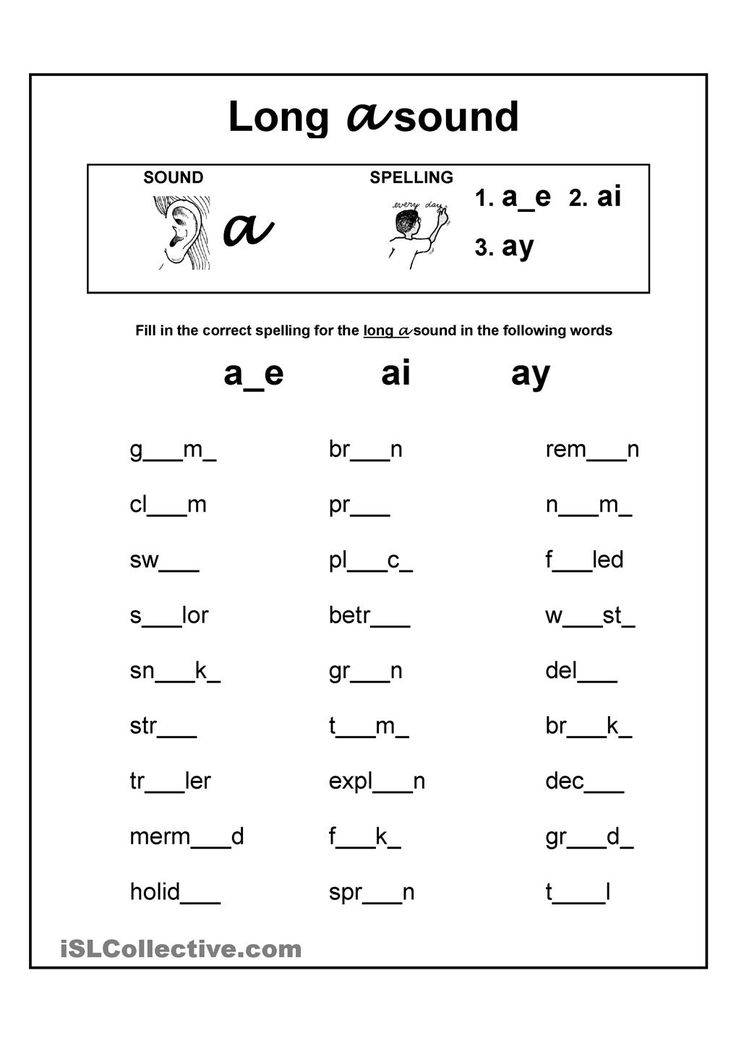 These include:
These include:
Long A - CVV Open Syllable AY - clay, play, say
Long O - CVV Open Syllables OW and OE - toe, foe, tow, grow
Long O - CVCC and VCC ST, LD, TH, LL - most, told, cold
Long U - CVV Open Syllable EW and UE - stew, brew, clue, fuel
Long E – CVVC EA - each, reach, dream
Short E - CVVC EA - head, bread, lead
Long I - CVCC IGH - might, night, high
Long I - Y = I CV Open Syllable - dry, fly, try
Long I - CVCC and VCC ND, LD - kind, wild, mind
IE and EI Words - brief, chief, piece, and weight, sleigh, vein
* Note: I've linked each of these long vowel patterns to resources that can be used to teach these skills. You can find the bundle for teaching Less Common Long Vowel Patterns here.
While these long vowel patterns are less common, it doesn’t mean that they are not useful for students to learn.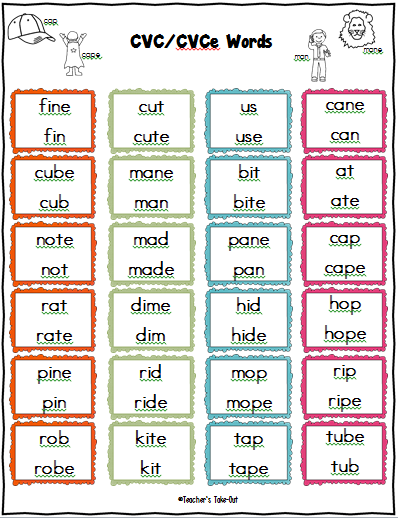 On the contrary, because students see these less common patterns less often, they benefit from more encounters with these vowel patterns so that they learn the various ways that long vowels are spelled. This also benefits their reading fluency and accuracy.
On the contrary, because students see these less common patterns less often, they benefit from more encounters with these vowel patterns so that they learn the various ways that long vowels are spelled. This also benefits their reading fluency and accuracy.
If you made it to this post, you must be teaching a grade (or have a child in a grade) where Long Vowel Sounds are taught (haha!). While I don't think of spellers based on grade-level because I use the Words Their Way continuum of spellers to assess my students, it's helpful to know what is typical for teaching Long Vowel Sounds.
Students working on Long Vowel Patterns in the Early Within Word Pattern Stage are typically in 2nd-3rd grade, but you may find that some 1st grade students fall into this stage and that some 4th-5th graders are still developing these skills. As a 5th grade teacher, I always had one or two small groups that were in the Within Word Pattern stage.
#1: Arguably the most common mistake students make when spelling words with long vowel sounds is representing the vowel that is heard and omitting the vowel that is silent, short, or unaccented.
Example → When students are trying to write bake, fume, or pole, they may forget to represent the silent e and write bak, fum, or pol because they don’t hear the e when sounding out the word.
#2: Until they have had enough repeated practice and encounters with CVVC words, students also commonly make mistakes when trying to represent the second vowel in a CVVC word, sometimes omitting it all together or struggling with which vowel to choose and even where to put it when spelling the word.
Example → When trying to spell the word coat, students may write cot, cote, or coot.
#3: Finally, words ending in open syllables typically cause a lot of confusion for early Within Word Pattern Spellers. An open syllable is simply a syllable that has a vowel at the end of it; the syllable is “open” because nothing comes after it. Students in this stage quickly learn that open syllables make long vowel sounds, however, they often initially struggle with spelling accuracy because the CV and CVV spelling patterns are new to them.
Example → When trying to spell lay, chew, or cry, students may represent them as la, chu, or cri.
Why Picture Sorts and Picture-Based Activities for Early Within Word Pattern Spellers?Initially you may have students in the early stages of Within Word Patterns who struggle to accurately read the words they are studying. Picture sorts provide a bridge to support these students. However, incorporating picture-based activities can benefit students in all stages of Within Word Pattern! When students are challenged to build or write words being depicted by an image, they are forced to practice their phoneme segmentation skills, or what they hear in a word rather than what they see, in conjunction with the vowel patterns they are studying in order to accurately spell a word.
What makes everything fun for students? Games of course! In the partner game Jump to June, players take turns drawing vowel pattern cards and moving their game pieces to the next word on the path that corresponds with the vowel pattern drawn. After each move, players record the word they landed on to their recording sheet, sorting it under the appropriate vowel pattern. When both players reach the end of the path, they compare the number of long u words collected on their recording sheet to determine who wins the game.
This game requires students to focus in on short u vs. long u vowel patterns and use their knowledge of the sounds created by the patterns to decide where to move on the board.
Spin, Cover, Build, Write is also one of my favorite activities to use for students in the Early Within Word Pattern stage.
Students spin to cover an image that has the long vowel sound or pattern that was spun. Then, students write the word they covered on their recording sheet under the correct column, attempting to spell the word correctly. I often also require my students to build the words with letter tiles before writing them.
Some other games and activities that students typically play during our long-vowels unit include:
Board Games
Say, Listen, Match matching card game
Spin, Cover and Spin, Cover, Build, Write
Match it Up!
Guess My Word (similar to Guess Who?)
4 in a Row (similar to Connect Four)
You can find all these games and activities in the Common Long Vowels CVCe and CVVC Bundle and the Less Common Long Vowel Patterns Bundle.
CHEERING YOU ON AS YOU SUPPORT YOUR STUDENTS LEARNING THIS SKILL!When it comes to teaching long vowel sounds, I believe that the more exposure and practice students get, the stronger readers and spellers they become! Not only does incorporating game play into our word study routine provide an additional opportunity for students to practice and apply what is being taught, but adding games and play-based activities adds some much needed variety and engagement to our word study block.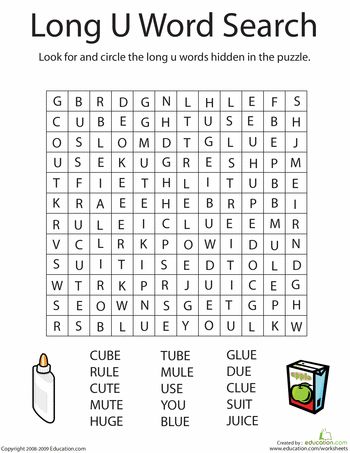
Looking for more Within Word Pattern Resources?
You can get all of the Within Word Pattern Stage games and activities in a time-saving , money saving bundle!
Within Word Pattern games and activities bundle on Teachers Pay Teachers
Within Word Pattern Word Searches on Teachers Pay Teachers
Within Word Pattern Word Study Notebook on Teachers Pay Teachers
Word StudyTammy Rooseword studyComment
0 LikesLong and short vowels in English
Longitude is one of the characteristics of a vowel sound, which shows the relative duration of its sound compared to other sounds.
Longitude can be positional and phonemic. In the first case, the duration of the vowel depends on the position in the word and stress, while this characteristic does not affect the meaning. The phonemic length of a vowel has a semantic function, that is, depending on the length of the sound, the meaning of the word changes.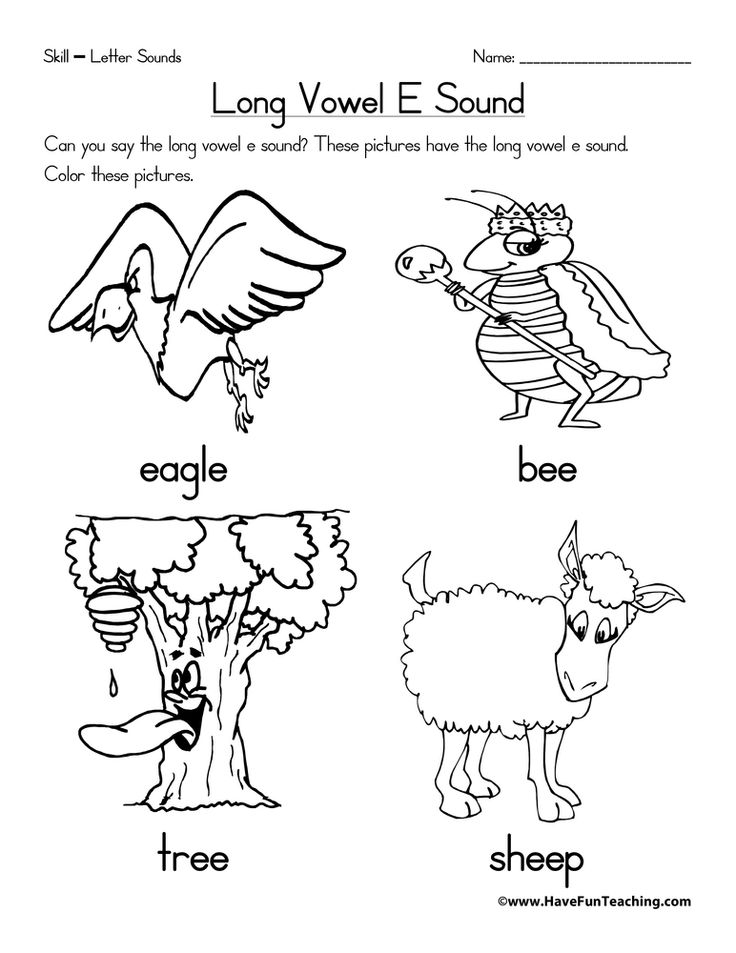
Length of vowel sounds in English
In Russian, the length of vowel sounds does not affect the meaning of words and changes only depending on stress. In English, vowels differ not only in positional but also in phonemic length. This means that long and short sounds, similar in other characteristics, represent different phonemes. Words that differ only in these phonemes have different meanings: ship - sheep , fit - feet , pull - pool . Therefore, it is so important to pronounce long and short sounds correctly.
In transcription, long vowels are indicated with a colon: [i:], [α:], [ɔ:], [u:], [ә:]. In some cases, long vowels in an unstressed position are reduced and become semi-long, which in transcription is indicated by one dot from above: [α ].
The long vowels listed above are opposed to short vowels, forming the following pairs in English:
- [i:] - [ı]
- [uː] - [u]
- [ɔ:] - [ɒ]
- [α:] - [ʌ]
- [ә:] - [ə]
The pronunciation of long and short English vowels often causes difficulties for Russian learners of English, since in Russian vowels do not have phonemic longitude, and we are not used to distinguishing the length of a vowel sound by ear.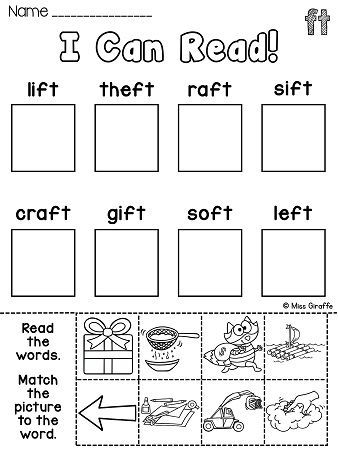 We often do not hear the difference between long and short vowels when listening to English speech. It is still not clear how long you need to draw a sound when speaking, so very unnatural, or almost inaudible, or too long vowels are obtained. It is impossible to correctly pronounce short and long sounds so that a native speaker hears the difference, even if you diligently shorten short vowels and stretch out long ones.
We often do not hear the difference between long and short vowels when listening to English speech. It is still not clear how long you need to draw a sound when speaking, so very unnatural, or almost inaudible, or too long vowels are obtained. It is impossible to correctly pronounce short and long sounds so that a native speaker hears the difference, even if you diligently shorten short vowels and stretch out long ones.
Sometimes it seems that native speakers themselves do not know the difference between short and long sounds, they seem to pronounce them the same way - but they themselves understand each other. But it's not. Let's see what are the differences between long and short English vowels, how to learn to hear them and how to train their pronunciation.
Differences between long and short English sounds
It is logical to assume that if vowels are called long or short, they differ in sound length. This is the main difference between them, but not the only one.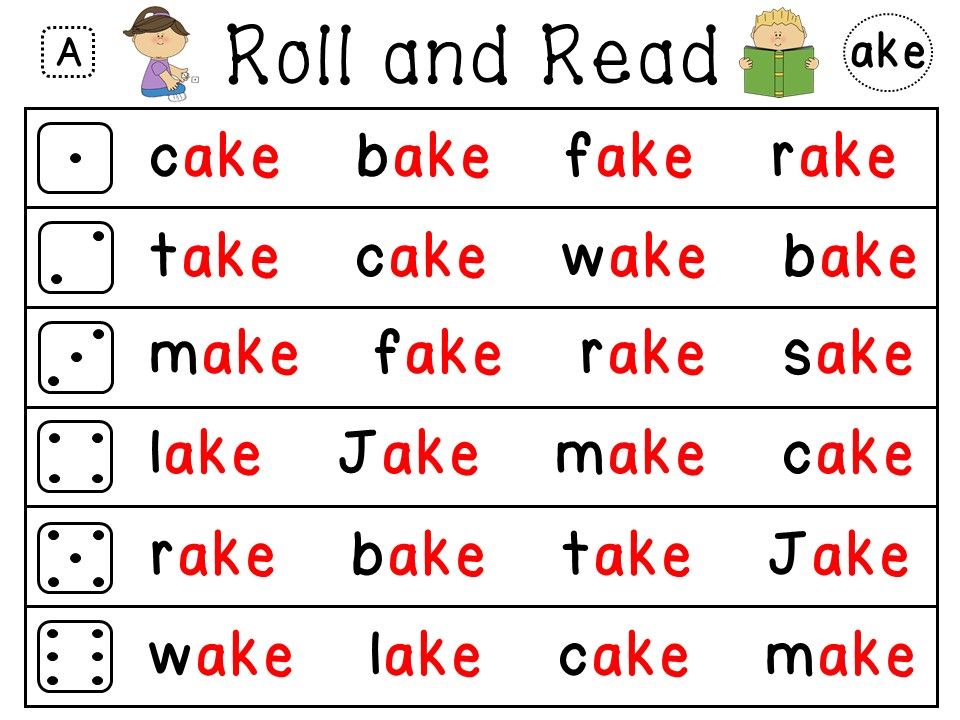 It is important to understand that long and short sounds have other differences, which consist in articulatory features. This means that the sounds are not just of different lengths, they are also different in sound. And most often it is these articulatory features that determine the length of the vowel sound: the duration of the sound depends on the position of the tongue and the tension of the vocal apparatus.
It is important to understand that long and short sounds have other differences, which consist in articulatory features. This means that the sounds are not just of different lengths, they are also different in sound. And most often it is these articulatory features that determine the length of the vowel sound: the duration of the sound depends on the position of the tongue and the tension of the vocal apparatus.
Long and short English vowels differ in such a characteristic as tension. Long vowels are tense, in English they are also called tense . When they are pronounced, the root of the tongue seems to be tense, under tension. The sound is pronounced, bright, rich, clear.
Short vowels are called lax – relaxed. The tongue in the region of the root is relaxed, the vowel sound is articulated quickly, easily, without additional effort, as if bursting. It turns out short, inconspicuous, faded and fuzzy.
Qualitative differences in sounds in different pairs of English vowels range from pronounced to almost imperceptible. It is easy to notice the difference between long and short sounds a: pay attention to how the words cart and cut are pronounced, they differ not only in duration, but also in sound. But the differences between long and short u are almost imperceptible: pool and pull sound very similar, only slightly different in length. The Scots generally pronounce them the same way, differing only in context.
It is easy to notice the difference between long and short sounds a: pay attention to how the words cart and cut are pronounced, they differ not only in duration, but also in sound. But the differences between long and short u are almost imperceptible: pool and pull sound very similar, only slightly different in length. The Scots generally pronounce them the same way, differing only in context.
In addition, the duration of the pronunciation of vowels is also affected by positional longitude - for example, stressed or unstressed position in a word. As a result, a short vowel sound in one word may sound longer than a long sound in another word.
Thus, it is not enough to rely only on the subjective duration of a vowel sound. All the features of short and long vowels described above must be taken into account when learning English. It remains to understand how to master the pronunciation of long and short sounds in practice.
How to learn to pronounce long and short English vowels
The main mistake foreigners make when pronouncing long and short English sounds is focusing only on duration.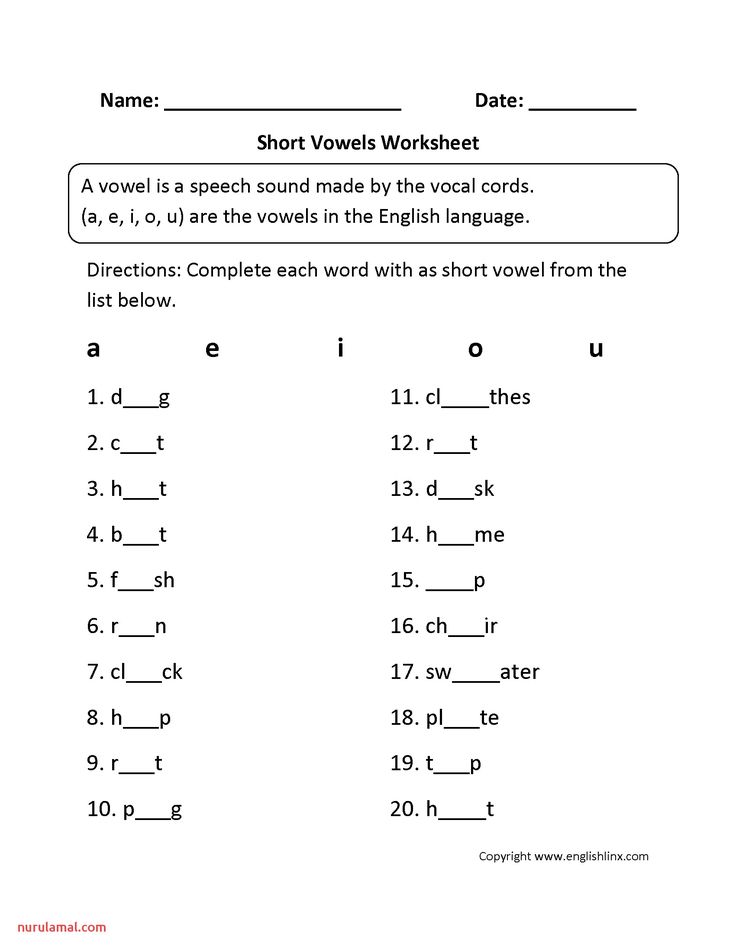 But with this approach, it is intuitively incomprehensible where the boundary between a long and a short sound passes: you can’t measure the length of a sound with a stopwatch. When trying to artificially lengthen or shorten a vowel, the sounds are unnaturally short or drawn out.
But with this approach, it is intuitively incomprehensible where the boundary between a long and a short sound passes: you can’t measure the length of a sound with a stopwatch. When trying to artificially lengthen or shorten a vowel, the sounds are unnaturally short or drawn out.
To learn how to pronounce long and short English sounds, you need to forget about the usual terminology "long" and "short". Try not to think about the duration of the sound at all. To correctly pronounce long and short vowels, you need to focus on their articulation, and not on duration. If we correctly reproduce the pronunciation of the vowel, then the duration will turn out to be correct automatically. Remember that long vowels require more tension at the root of the tongue, while short ones are pronounced without additional effort, easily and without tension.
Pay attention to how native speakers pronounce vowels - don't watch how long they draw them out, but watch the pronunciation, the articulation, the quality of the sound. Repeat, imitate, practice. For practice, it is best to use video lessons or a conversation with a native speaker, since audio materials do not make it possible to see articulation.
Repeat, imitate, practice. For practice, it is best to use video lessons or a conversation with a native speaker, since audio materials do not make it possible to see articulation.
It is best to train long and short sounds not separately, but as part of words. First, this way you will note the influence of positional longitude on the duration of the sound in specific examples. Secondly, just as words are best learned in context, sounds are also best learned in the environment.
Practice pronunciation of long and short vowels in pairs of words to notice the difference between sounds, for example:
- Sport – hot
- Arm-cut
- See-hit
- Food-put
- Fur – ago
When you learn how to pronounce long and short vowels correctly in English, it will become easy to distinguish between them in speech. When listening to speech, forget about the differences in duration, pay attention to the qualitative differences in sounds - how intensely the vowel is pronounced, how bright or faded it sounds, how pairs of sounds differ from each other, except for duration.
Layer cake of English sounds
Today there will be a small "cooking" master class. We will tell you what English speech consists of, what is the difference between letters and sounds and how to bake and bite it all ... Oh, that is, read and pronounce.
We will master reading transcription in English, exercises to develop this skill. You will understand what sounds are and how they are recorded. It will become easier to understand written language. Learn the rules of reading in English (exercises that will help you master difficult combinations are attached).
But first, consider a poem written by a little girl:
Visnoy tikut brooks
And the first rainfall pashol
You've probably noticed the difference between how it's written and how it SHOULD be written. From the first grade, teachers repeat to schoolchildren: not to , but to railway e But this is illogical, because it is precisely “ dosht ” that is heard in speech.
Surprisingly, there are languages in which you don't need to learn the "correct" variant. For example, in Korean or Georgian everything is as it is heard and written. Imagine how easy it is for children to live there!
Meanwhile, English-speaking students are having fun at the spelling . The conditions are as follows: the leader says the word out loud, and the contestant must pronounce it letter by letter. This is not an easy task, because the oral form often does not match the writing.
Why is it so difficult?
It's just that once English was the same as Georgian. In the sense that, as it was heard, it was written. But then changes began to occur, and the spelling rules, as it were, froze in place, remaining a kind of monument to the past.
Now we have what we have: handkerchief , conscience and pronunciation , knight , wheel and thorough . How to read such words? The first thing to do -
learn signs transcription .
Transcription is a written expression of sounds of speech, that is, how we hear the word. Many transcription signs coincide with the usual Latin alphabet. Transcribed words are placed in square brackets:
Cold - [kold]
Knight - [naɪt]
- Emphasis deserves special attention. In English, its sign is placed before the stressed syllable, and not above the vowel, as in Russian:
[ˈæpl]
[ˈdɪfɪk(ə)lt]
- In different pronunciations, individual sounds are either pronounced or not (especially [r]). Then they are written in parentheses:
(r)
r
Bake the first layer. Consonants
Let's go back to our recipe. Consonants will be a good, solid base for our cake. They are obtained as a result of the closing of the organs of speech.
In the table you can see English consonants, approximate Russian pronunciation and examples.
Raisins. Sounds like nothing
Some sounds like d, t, m, p have Russian analogues. But there are those who are completely unfamiliar to us.
θ and ð
Sound [θ] , which really looks like a raisin - softer, inconspicuous.
[ð] is pronounced firmly and distinctly (you can probably compare it to a nut). Both sounds are interdental, that is, they are produced when the tip of the tongue is positioned between the teeth.
Both of these sounds are written in the same way - th . How to understand when to pronounce which sound?
Solid [ð] usually used in articles, pronouns and similar words, and before a vowel e:
- th e [ðə]
- th ose [ðəʊz]
- nei th er [ˈnaɪðə(r)]
- o th er [ˈʌðə(r)]
[θ] is pronounced in all other cases:
- th anks [θæŋks]
- ba th [bɑːθ]
Nasal "ŋ"
Russian-speaking people often do not pay attention to this sound.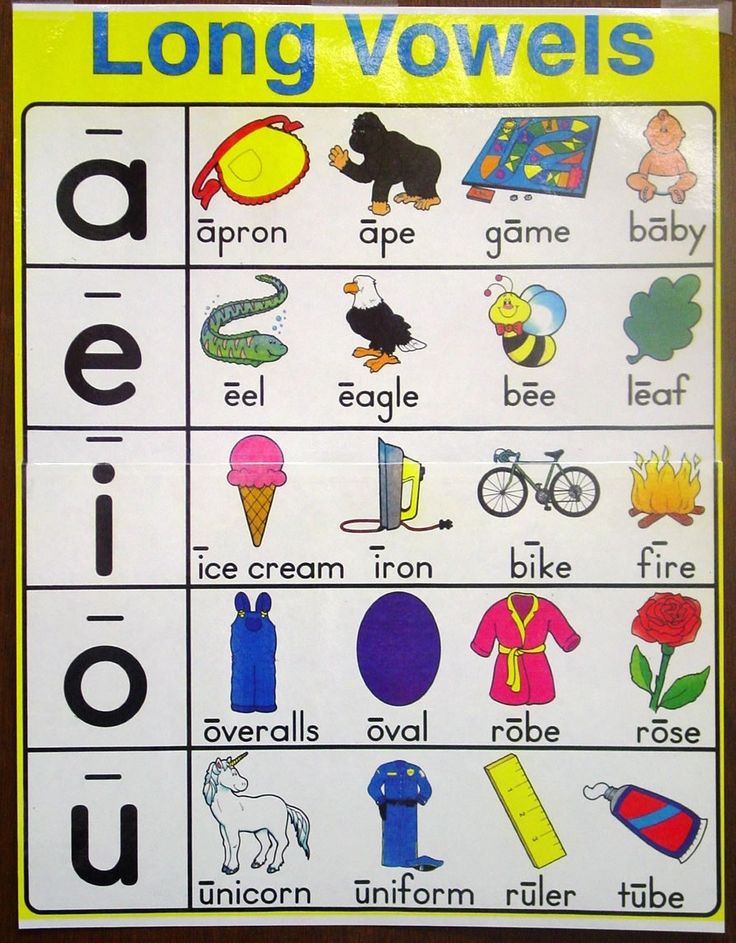 But it still exists! To pronounce it, you need to slightly lengthen the consonant n and blow air into the nose.
But it still exists! To pronounce it, you need to slightly lengthen the consonant n and blow air into the nose.
[Ŋ] occurs when there is another consonant after n :
- tha nk [θæŋk]
- cli ng [klɪŋ]
- bi ng o [ˈbɪŋɡəʊ]
"W" sound
It is very important to distinguish between w and v .
For example, wine and vine are different words ( wine and vine ). In the first case, the pronunciation will be " wine ", and in the second - " wine ".
Speak, emphasizing the difference between [w] and [v] :
- w est — v est
- w ail — v ail
- w iper — v iper
- w orse — v erse
- w iser - v isor
Rule 11 yellow iPhones
Imagine 11 ( E leven) yellow ( Y yellow) iPhones ( I phones).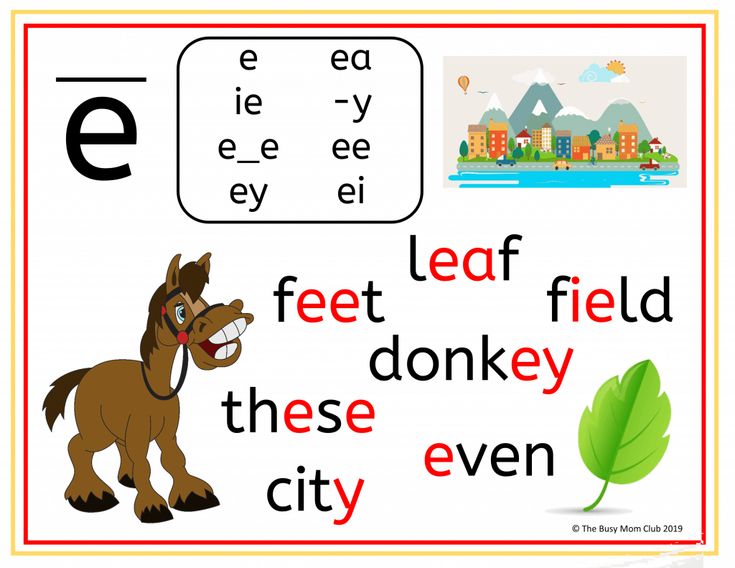 This is a "memory" for one rule of reading English (exercises will be a little further). It lies in the fact that the letters e, y and i affect the pronunciation of other letters.
This is a "memory" for one rule of reading English (exercises will be a little further). It lies in the fact that the letters e, y and i affect the pronunciation of other letters.
Before e, y, i:
- g reads like [dʒ]
- c reads like [s]
- g i ant [dʒaɪənt]
- g y m [dʒɪm]
- g e l [dʒel]
- c i nema [sinema]
- c y ber [saɪbə(r)]
- c e ase [siːs]
A few more reading recipes:
"S" between vowels
S reads like [ z ] if it is between vowels:
- sea s on [ˈsiːz(ə)n]
- mu s e [mjuːz]
- cou s in [ˈkʌz(ə)n]
In some cases, the third person singular ending -s gives the sound [z] (find out which ones).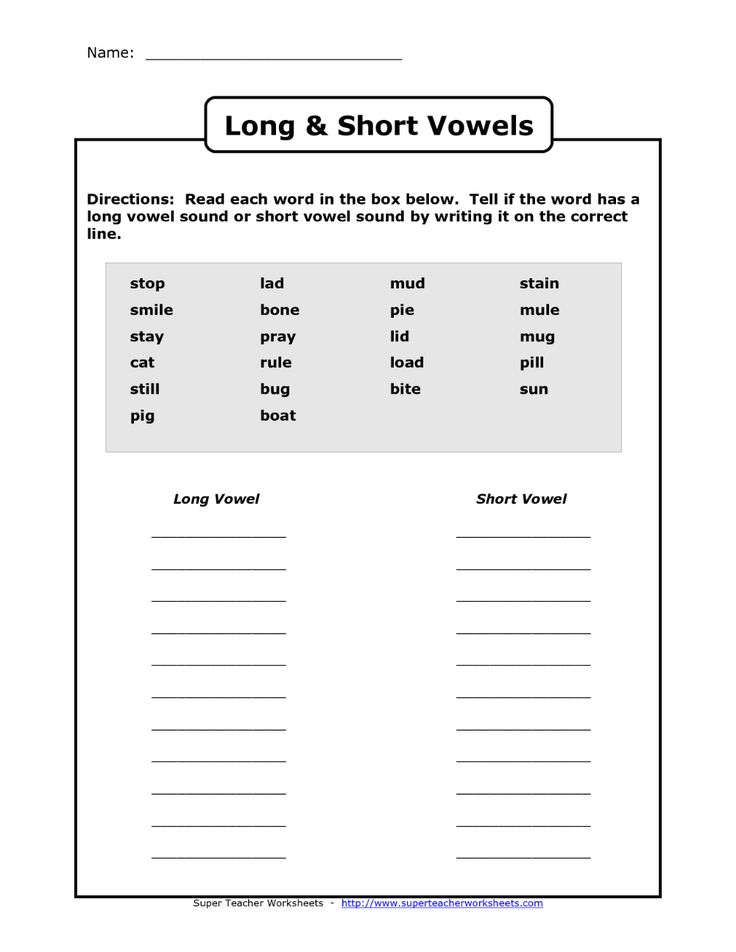
"X". How to read the word "9" correctly0008 copier »?
X before consonants and at the end of words is read as [ks], and before a stressed vowel - [z] or [gz]:
- box [bɒks]
- mixture [ˈmɪkstʃə(r)]
- xerox [ˈzɪərɒks]
- exotic [ɪɡˈzɒtɪk]
The second layer of the English pie: vowels
These are sounds that can be stretched out. Vowels - viscous and plastic, like nougat and chocolate cream. It is on them that the intonation, the music of speech, the melodiousness of phrases depend.
English vowels are short and long. Longitude in English transcription is indicated by two dots: [ː]
There are also diphthongs - vowels consisting of two sounds.
The sound " seam " - what kind of animal is this?
[ə] ( is called " schwa " in English) is a short vowel worth mentioning separately.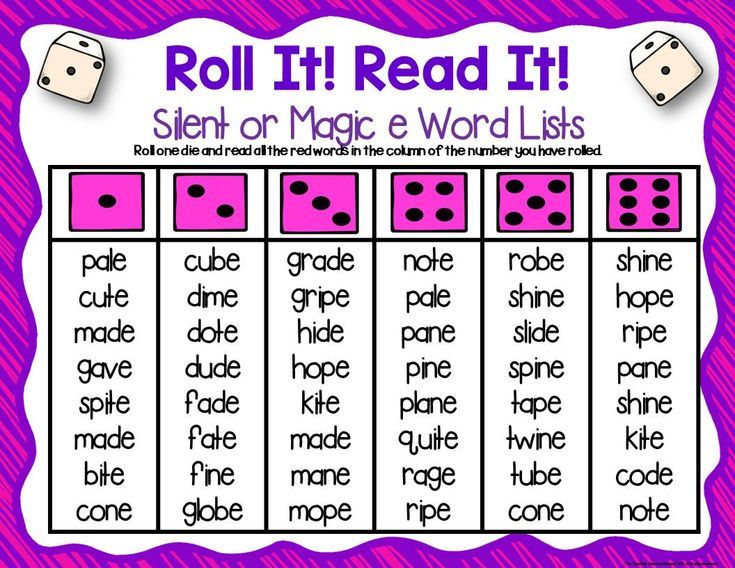 It appears in an unstressed position, when in the flow of speech the vowel ceases to be distinct and is almost lost. To get an idea of what this sound is like, read the word " dog ", shifting the stress very much on the second syllable to get [ sbÁka ]. That fuzzy sound that remained from the first vowel "o" will resemble sound schwa :
It appears in an unstressed position, when in the flow of speech the vowel ceases to be distinct and is almost lost. To get an idea of what this sound is like, read the word " dog ", shifting the stress very much on the second syllable to get [ sbÁka ]. That fuzzy sound that remained from the first vowel "o" will resemble sound schwa :
- a bout [əˈbaʊt]
- o ppose [əˈpəʊz]
- c o mmand [kəˈmɑːnd]
Basic rules for reading vowels
- If a syllable ends in a vowel and a consonant as in the words mid, cat, vet , the vowel is usually short.
- In words like gave, save, sale, hope final e is not readable. But another vowel due to this unpronounceable sound becomes long. Moreover, her pronunciation then coincides with her name in the alphabet.
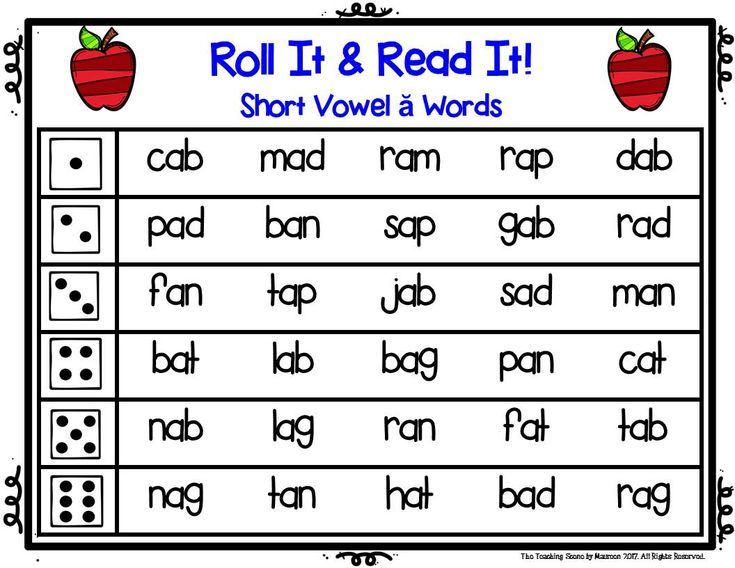
For example, the "alphabetic" pronunciation of the letter i - " ai ". In the word " bite " there is a final mute e , which means that i are pronounced as in the alphabet.
And if we remove e , then the vowel will become short:
bit [bit]
Well, you already know the transcription marks. You can try to do special reading exercises (English, recorded by transcription, looks unusual, but every sound is clearly visible).
- Write your first and last name using transcription marks. Think about how to indicate stress, which vowels are short and which are long? What sounds are difficult to convey because they are not in English?
Examples:
Alla Pugacheva [ˈA:lla: Pu:ga:ˈtʃ3:va:]
Anton Chekhov [A:nˈto:n ˈTʃehɒv]
- Read the transcription of the dialogues and then check the original.
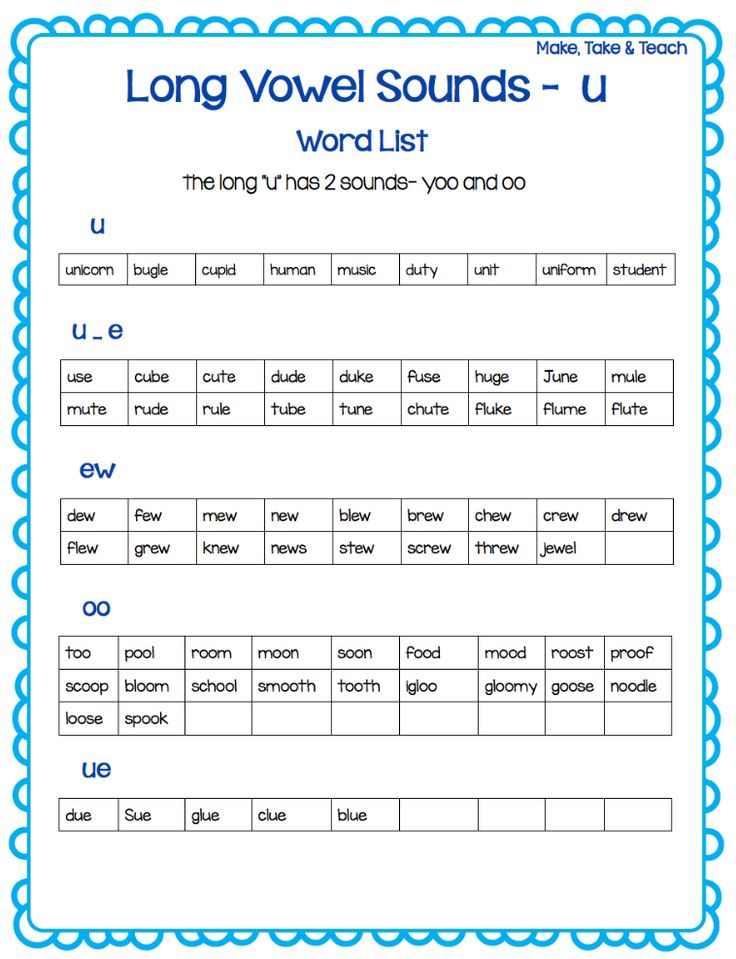 Pay attention to the correct pronunciation of all sounds.
Pay attention to the correct pronunciation of all sounds.
- Haɪ Dʒeɪn!
- Həˈləʊ!
— ɑː(r) jʊ ˈdrɪŋkɪŋ waɪn?
- Jes, aɪ əm.
- ð ɪs iz mai ˈkʌz(ə)n Keɪt. ʃiː iz frɒm ˈRʌʃə.
- Greɪt! Naɪs tuː miːt jʊ!
- Help jə(r)ˈself wɪθ sʌm waɪn.
- Nəʊ, ai prɪˈfɜː(r) ˈɒrɪndʒ dʒuːs, θæŋks.
Hi Jane!
- Hello!
Are you drinking wine?
Yes, I am.
This is my cousin Kate. She is from Russia.
Great! Nice to meet you!
Help yourself with some wine.
- No, I prefer orange juice, thanks.
Tip : You can check your pronunciation using online dictionaries. For example, we highly recommend www.macmillanddictionary.com and dictionary.cambridge.org
- Now read the text a little harder.
Guess what book it's from?
Wʌn fain dei Puː hæd stʌmpid ʌp tu ðə tɒp əv ðə ˈfɒrɪst tu siː if hiz frend ˈKrɪstəfə(r) ˈRɒbɪn wɒz ˈɪntrəstɪrd in beəˈ) Æt ˈbrekfəst ðæt ˈmɔː(r)nɪŋ hiː hæd ˈsʌd(ə)nli θɔːt əv ə nju sɒŋ.
One fine day Pooh had stumped up to the top of the Forest to see if his friend Christopher Robin was interested in Bears at all. At breakfast that morning he had suddenly thought of a new song.
Exotic ingredients
One of the amazing things about English is that it has a huge amount of words borrowed from other languages.
Often, knowing what language a word comes from, one can also guess its correct spelling.
As you have already noticed, some English sounds can be expressed in different letters. For example, the sound [z] can be written both as s and as z , and [f] - both as f , and as a combination of ph . With the sound [k] is even more interesting - in writing it is displayed as k, c , or combinations of ck and ch :
- k yte [kait]
- c lue [klu:]
- lu ck [lʌk]
- ch aos [ˌkeɪɒs]
Greek or Latin origin
- Such words are typically written [k] with ch or with 0:
ch ool, ch olera, c
- Often the sound [i] is represented by the letter y :
l y ric, s
- Sound [f] transmitted by combination ph
ph onic
- [r] is often written as rh :
rhinoceros
- [z] can be expressed as x :
x ylophone
Other spelling rules
How to write: ie or ei ?
i is written first, and then e , unless this combination is preceded by the letter c :
- f ie ld [fi:ld]
- c ei ling [ˈsiːlɪŋ]
(This rule only applies if the sound expressed by these letters is - [i:]).

